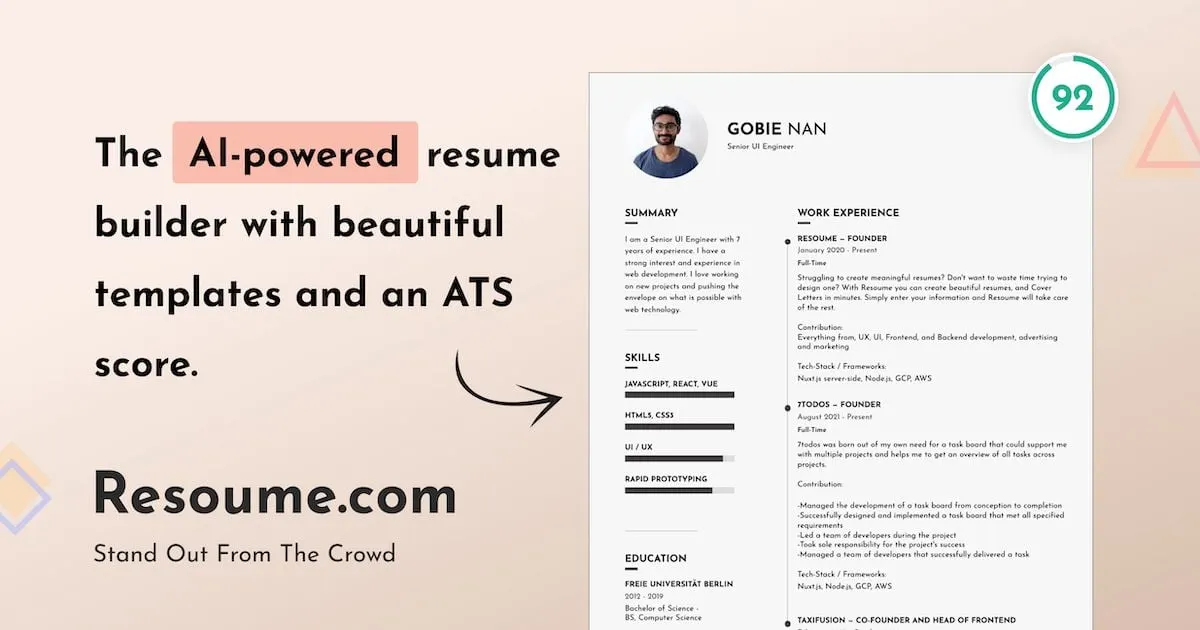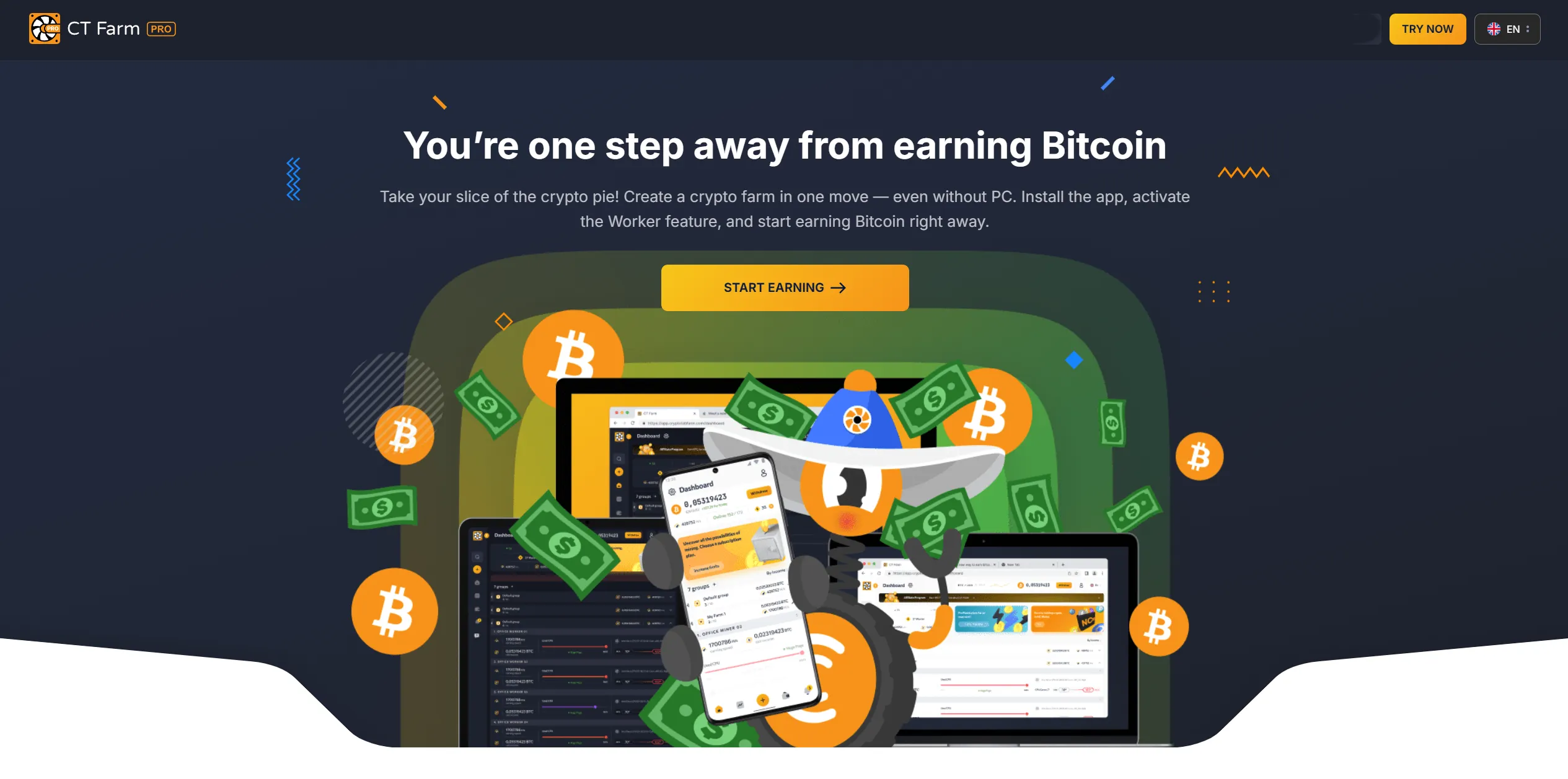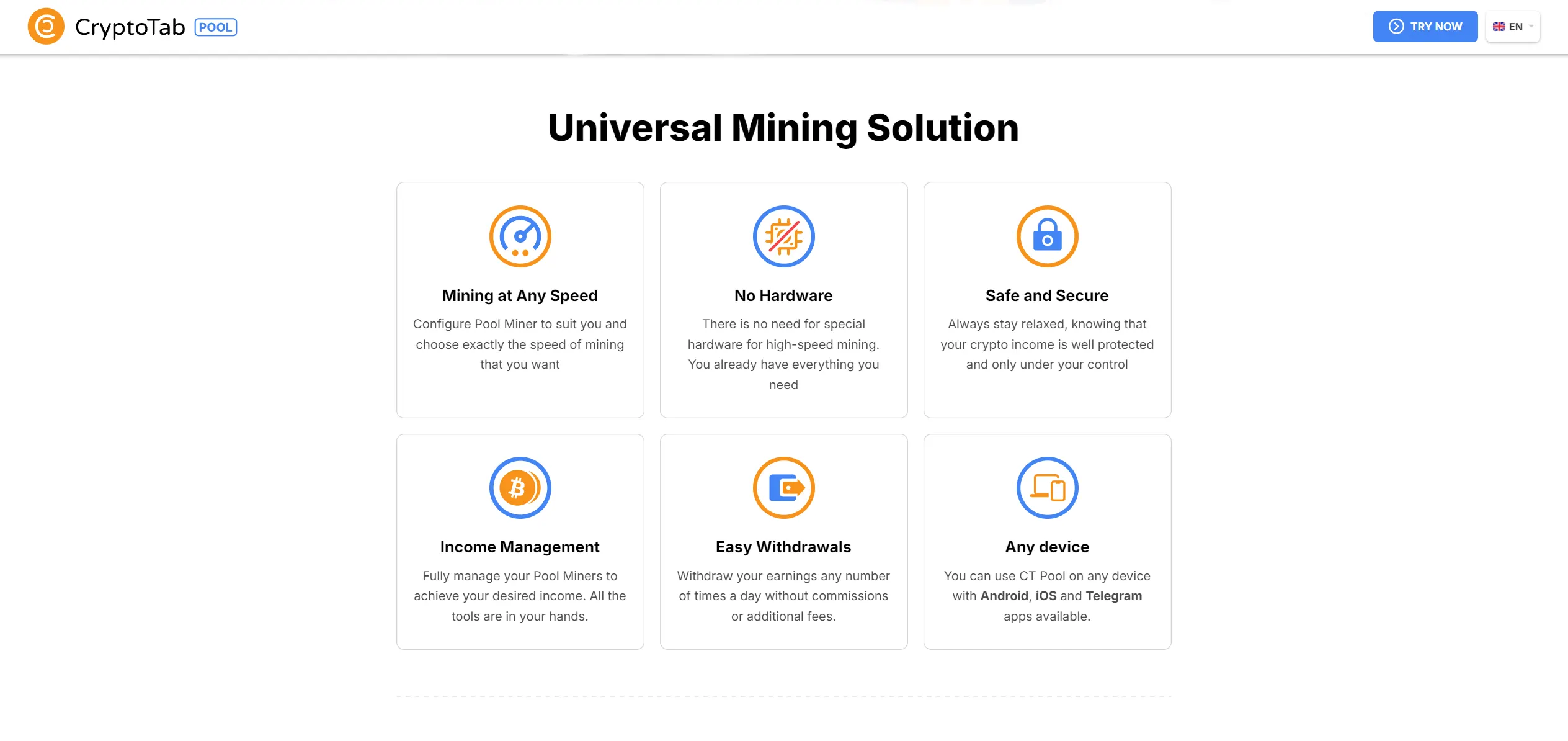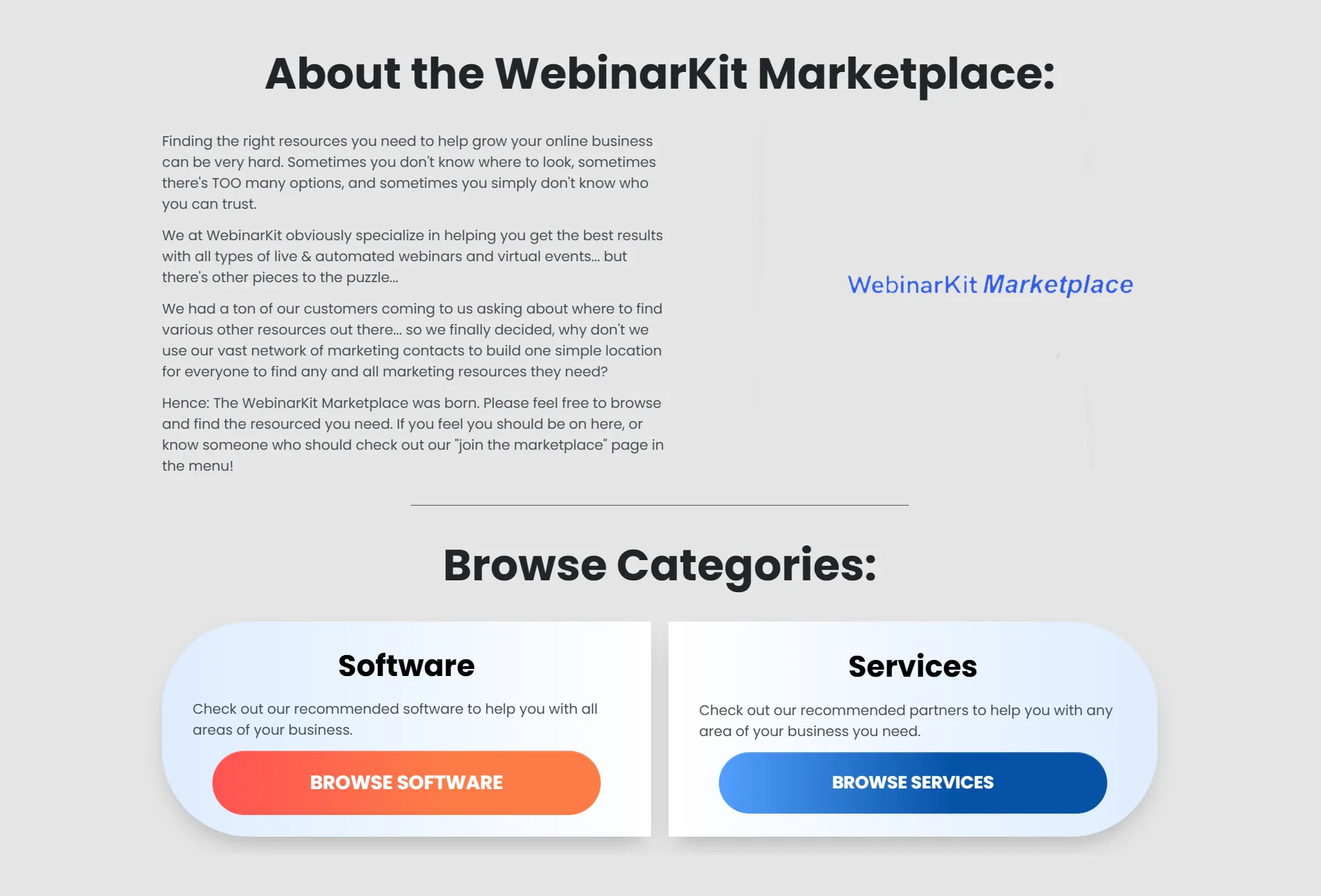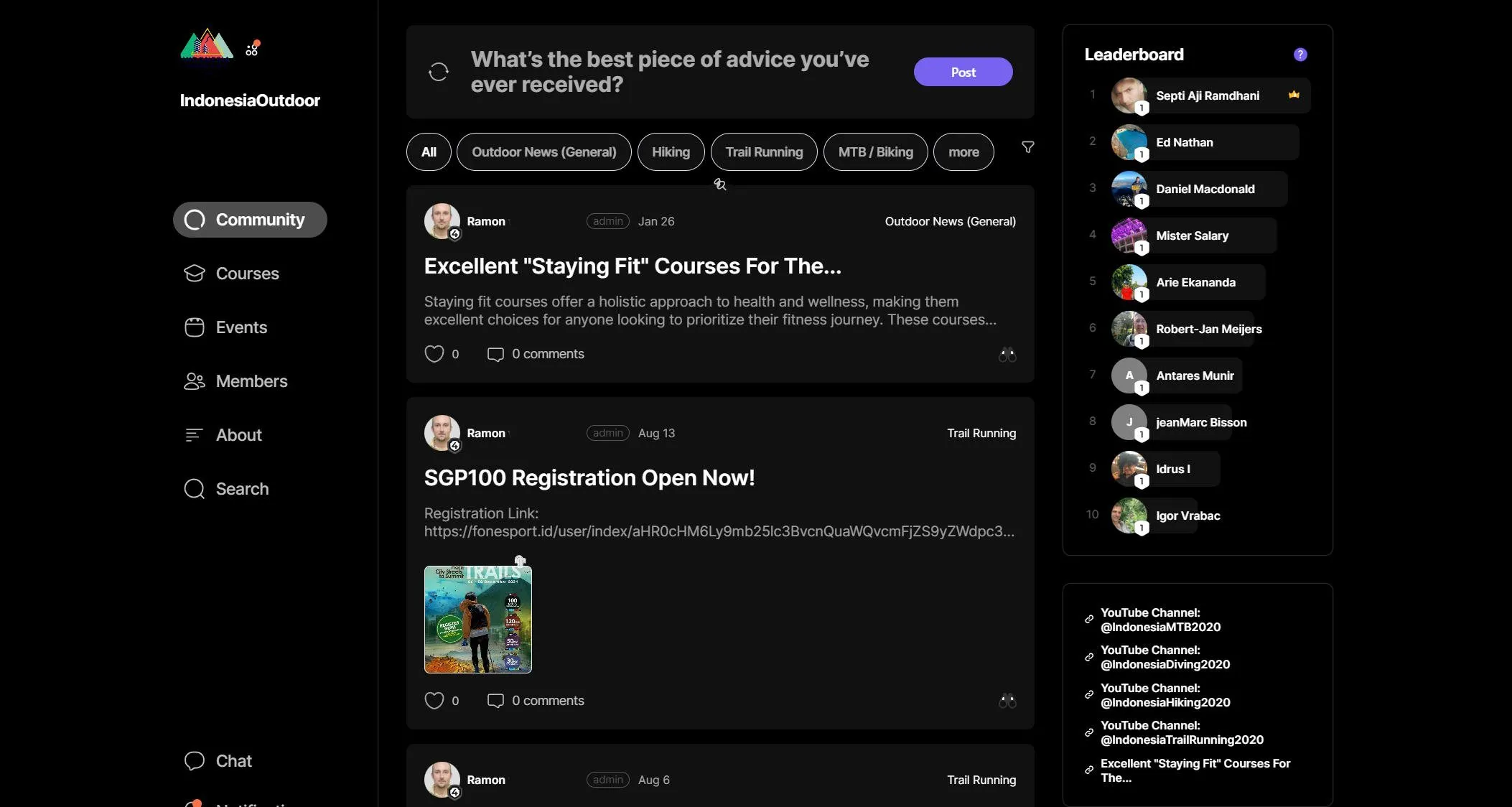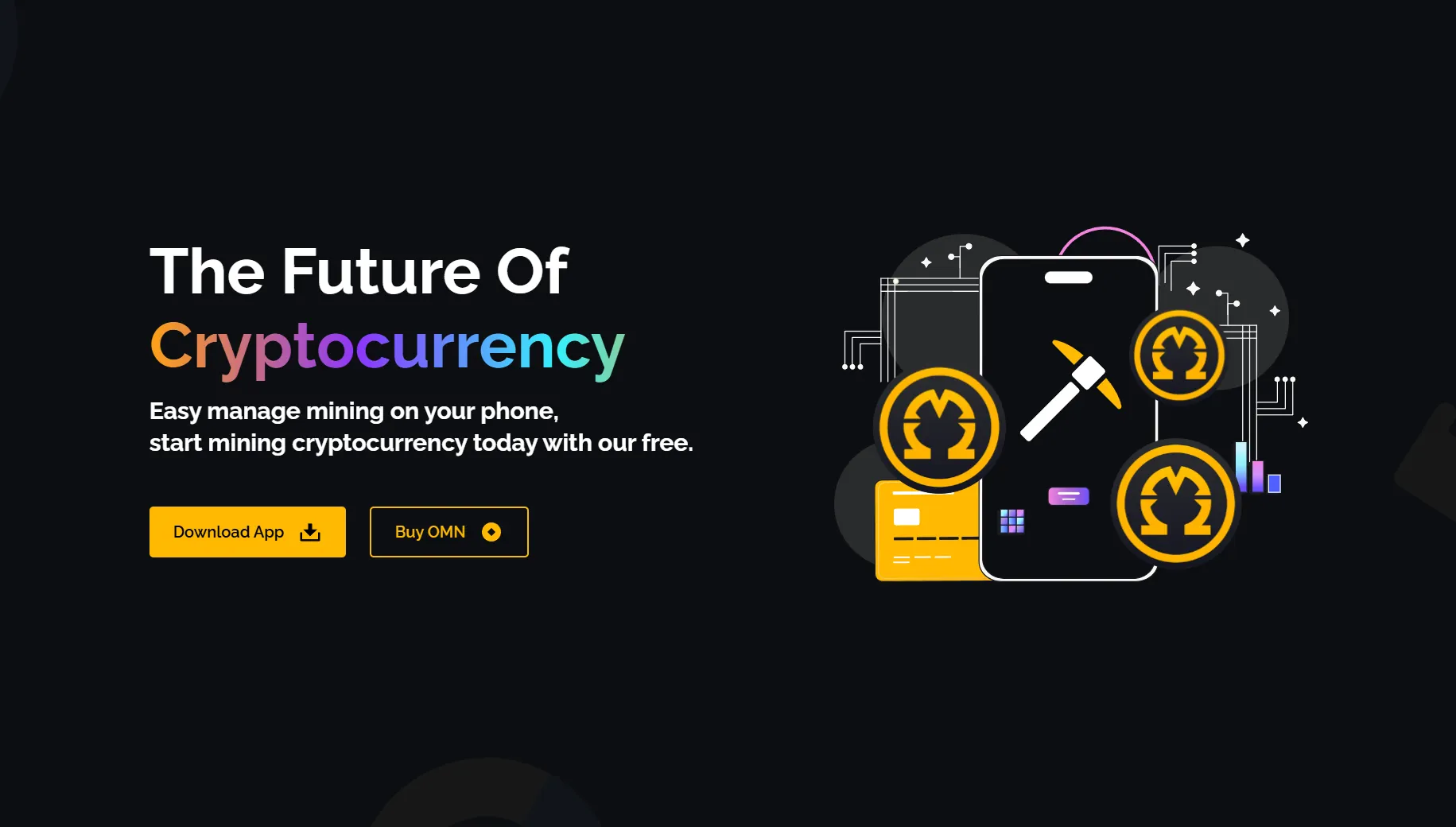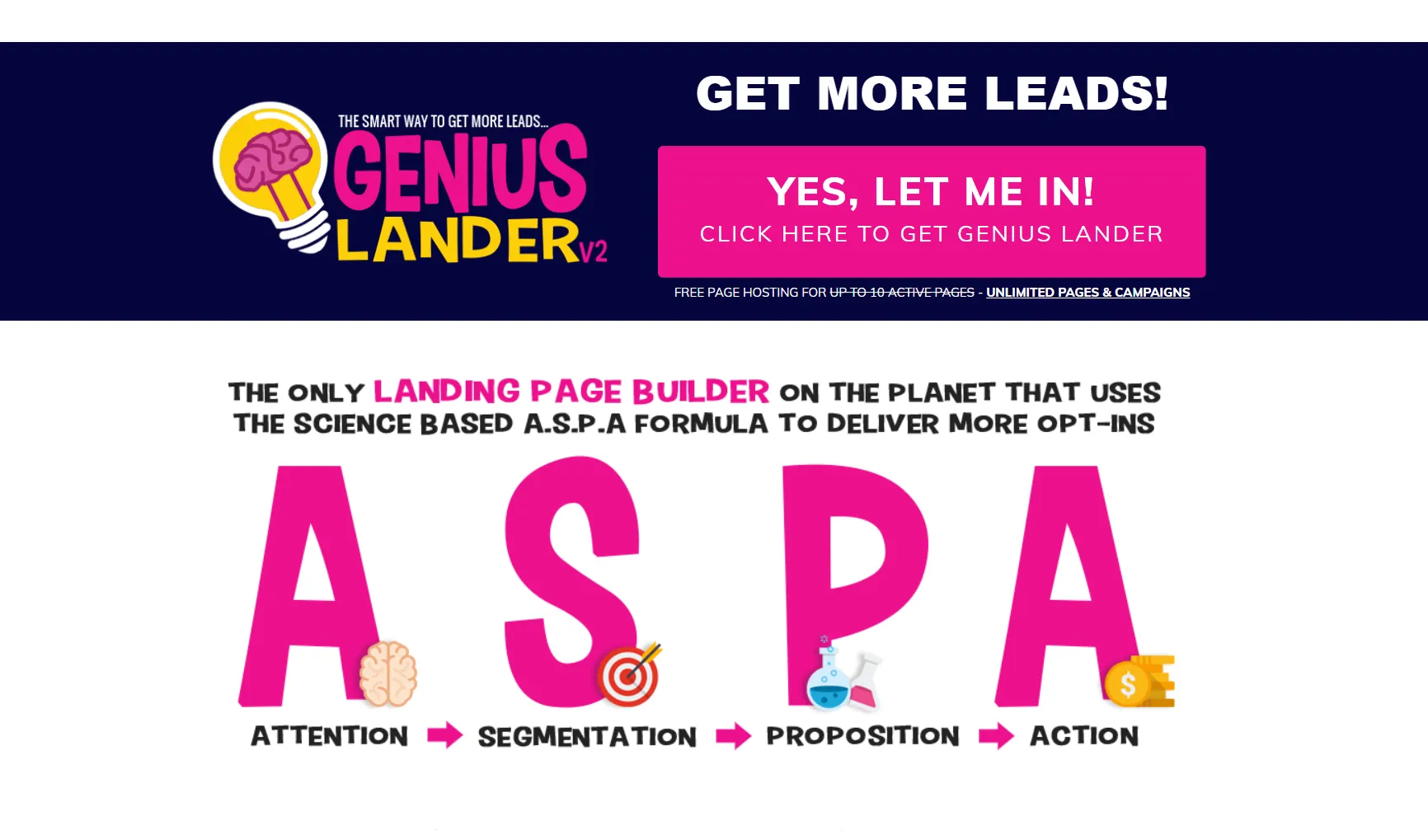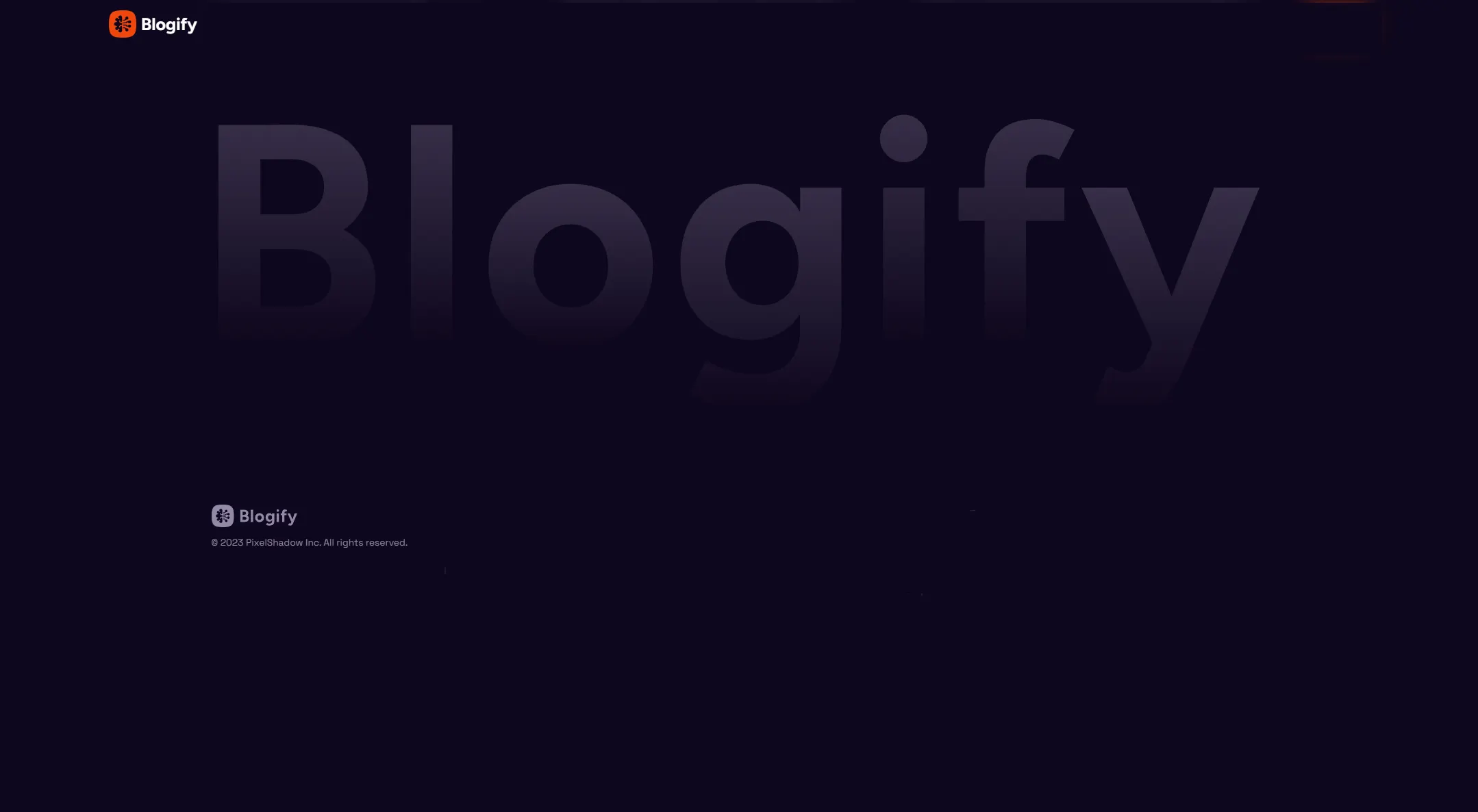Elevate Your Job Hunt: Crafting a Standout Resume with Resoume
Average Reading Time: 5min.
Table of Contents
- Understanding the Importance of a Standout Resume
- Chapter 1: Leverage AI Tools for Resume Building
- Chapter 2: Crafting a Resume that Reflects You
- Conclusion
Understanding the Importance of a Standout Resume
As someone who has navigated the often-intimidating job market, I can attest to the critical role a well-crafted resume plays in the application process. You've probably heard the saying "you never get a second chance to make a first impression," and this couldn't be more accurate when it comes to job applications. The resume is typically the first point of contact between job seekers and potential employers, making a powerful impact essential. If you want to grab a recruiter's attention, a standout resume is not just an option—it's a necessity.
When I first began my job search, I quickly discovered that there was more to a resume than simply listing jobs and skills. I learned that the design of a resume is just as important as its content. Research indicates that resumes with appealing layouts are more likely to catch the eye of recruiters. In an age where attention spans are dwindling and competition is fierce, this realization changed my approach entirely.
First Impressions Matter
Consider the typical recruiter's workload. They receive hundreds of resumes, each vying for attention. Based on my experience, it's essential to stand out from the crowd right away. In fact, nearly 75% of resumes are discarded at the initial screening stage, mainly due to the stringent criteria set by Applicant Tracking Systems (ATS). These systems automatically filter out resumes that don't meet specific requirements. To combat this, it's wise to tailor your resume not only to the job description but also to enhance its overall design. This was a game-changer for me: by focusing on both content and aesthetics, I knew I could increase my chances of being noticed.
I discovered that many recruiters are drawn to clean, professional layouts, which adds weight to the saying, "you eat with your eyes first." A cluttered resume can detract from an otherwise solid skill set, so I opted for templates that offered both functionality and style. It was like dressing my resume in a sharp suit—it instantly elevated my presentation.
The Art of Personalization
One of the most enlightening aspects of my journey was understanding the power of personalization. Employers are increasingly looking for candidates who take the time to adjust their resumes according to the specific job for which they are applying. A generic resume simply won't cut it. Each job posting often contains unique keywords, responsibilities, and desired qualifications; incorporating these elements into my resume allowed me to exhibit that I was not just another applicant—I was a good fit for that particular role.
During my job search, I started using a few techniques to personalize my applications. For instance, I researched the companies' values and culture and aligned my resume accordingly. This not only demonstrated my interest in the position but also showed that I would be a cultural fit. I also began to include specific accomplishments or metrics from my previous roles that matched the job's requirements. When I tailored my resume to highlight relevant skills, I noticed a marked increase in interview invitations.
Making Design Work for You
The impact of visually appealing resumes can't be underestimated. I began experimenting with various design elements—colors, fonts, and formats—to find an aesthetic that suited my personality while remaining professional. I found that subtle touches, such as colored section headers or a minimalist layout, made my resume more inviting. Through research, I learned that well-designed resumes can even heighten recall rates during interviews. Who wouldn’t want to be remembered for the right reasons?
A good resume is the most powerful tool a job seeker can wield, but it must be sharp and tailored for each role.
Leveraging Technology
As I navigated this journey, I came across Resoume, an AI-powered resume builder that genuinely revolutionized my approach. The platform offers beautiful templates that not only look great but are also designed to work seamlessly with ATS. Utilizing Resoume allowed me to create a visually appealing resume that still adhered to the stringent requirements of applicant tracking systems. What’s more, it encouraged me to personalize my resume every time I applied for a new position.
The user-friendly interface made it easy for me to input my information and experiment with different designs quickly. I could visualize how various elements worked together and adjust them on the fly. Each time I made a change, I could instantly see how it might impact the overall impression of my application, which added an exciting, interactive element to the otherwise mundane process of resume writing.
Moreover, Resoume continually scores my resume according to ATS criteria, which was incredibly reassuring. Knowing that I wasn't only focused on aesthetics but also on the technical aspects of resume creation gave me a sense of confidence in my applications.
The Power of Feedback
One of the most useful features I found within Resoume was the ability to solicit feedback on my resume. Just like any skill, creating a resume improves with practice and input from others. After receiving constructive criticism from peers and industry professionals, I learned how to further refine my document. This collaborative approach was invaluable; it helped me see things from perspectives I hadn't considered.
In the digital age, utilizing platforms that combine design, technology, and personal insights is crucial. I’ve realized communication skills and experience matter, but how you present them can determine whether you move forward in the hiring process or get pushed to the back of the pile. Personalization became my secret weapon, alongside an appealing design and user-friendly technology. By crafting a resume that showcased my qualifications while aligning with the job’s requirements, I felt I was giving myself the best chance to succeed.
Visual Engagement and Impact
Another benefit I experienced when focusing on a standout resume was the increased visual engagement during interviews. It’s not just the resume; it became a talking point. Interviewers would reference specific sections, accomplishments, or skills that resonated with them, indicating that a well-designed resume does its job even before I walk into the room. The structured appearances of my resume aided in crafting a narrative during the interview, allowing me to elaborate and share relevant stories tailored to the company's needs.
Employers value resumes that are easy to navigate
A clean layout reduces cognitive load, allowing recruiters to engage better with the content. Using design principles can enhance the overall impression of professionalism.
During interviews, I noticed that straightforward designs made it easier for everyone involved to stay focused on what mattered—my experience and potential contributions to the team. Instead of spending time interpreting my resume, we could jump directly into meaningful discussions about my fit for the role.
While I have learned the importance of a standout resume, I recognize that it's not a one-time effort. The job market evolves, and so should your resume. Staying current with trends in hiring practices, adapting to new technologies, and integrating feedback are all vital components of an effective job search strategy. I've made it a point to revise my resume regularly, ensuring it reflects my latest experiences and matches the roles I’m pursuing.
By embracing the importance of resume design and personalization, I was able to differentiate myself from others applying for the same opportunities. I've seen firsthand how presentation matters, and I've become a firm believer in the mantra that a standout resume is more than just a document. It is, in essence, my professional story encapsulated in a format that demands attention.
Leverage AI Tools for Resume Building
As I've navigated the often-daunting landscape of job applications, one thing has become crystal clear: a well-crafted resume is an absolute must-have. In my journey, I've stumbled upon numerous tools and strategies, but nothing has impressed me quite like leveraging AI technologies, particularly with a platform like Resoume. With its impressive features and capabilities, I've found my resume-building process not only more efficient but also dramatically more effective.
The Advantages of Using AI Over Traditional Resume Writing
When I first began crafting my resume, I relied on the same old tricks: templates from word processors, emerging trends, and countless hours spent obsessing over phrasing. However, traditional methods often fell short, especially when it came to tailoring my resume for specific jobs. With AI tools like Resoume, the game changes. These platforms harness cutting-edge technologies to analyze job descriptions and highlight the most relevant keywords and phrases. This helps in optimizing my resume's content to give it a better chance of standing out in a crowded applicant pool.
What I found fascinating is that AI doesn't just suggest keywords arbitrarily; it prioritizes those that align closely with the requirements of the job I'm applying for. This level of specificity is something that can be time-consuming and challenging to achieve manually. I realized that with AI, I was not just assembling a document; I was curating a personalized marketing piece that spoke directly to potential employers. The advice I was getting wasn't guesswork; it was data-driven, which increased my confidence significantly.
How Resoume Helps in Optimizing for ATS
Now, have you ever heard of the Applicant Tracking System (ATS)? If you haven't yet, you are bound to encounter this digital gatekeeper as you apply for jobs. The ATS scans resumes and ranks them based on how well they match the job description. My first few submissions went straight to the proverbial black hole of job applications, mostly because my resume wasn’t optimized for such systems. I wish I had known back then what I know now!
Using Resoume has been a total game-changer. This AI-powered resume builder is designed with ATS in mind. It’s not just about getting a pretty layout; it’s about ensuring your resume is more than aesthetically pleasing; it should also be machine-readable. The algorithms behind Resoume analyze where best to place keywords and how to structure the information to ensure that both human readers and ATS parsers can navigate my resume with ease.
To say that this has improved my chances of getting an interview would be an understatement. Employers favor resumes that reflect the keywords outlined in job postings. With Resoume, I’ve been able to dynamically adjust my resume for multiple opportunities without starting from scratch each time. It's as if I have a personal assistant working behind the scenes, optimizing everything for my success.
Customizable Templates That Save Time
Let’s face it: Time is a precious resource, especially when juggling the job application process with other life responsibilities. I remember spending hours searching for a resume template that would resonate with employers in my field, only to then waste even more time trying to adjust it to fit my own experiences and personality. I’ve learned that the right template can elevate a resume from ordinary to attention-grabbing, but finding it can be a tedious task.
This is where the customizable templates offered by Resoume shine. The platform presents a range of beautiful templates that can be tailored to suit different styles and industry standards. Whether I’m applying for a creative role or a more traditional position, I have the flexibility to express my professional identity. With just a few clicks, I can modify sections, adjust fonts, and even change colors without worrying about disorganized layouts or misaligned text. The process is intuitive, saving me hours of frustration in the long run.
AI Technology at Work
The behind-the-scenes magic isn’t just about looks. Resoume’s built-in algorithms analyze my existing experiences and align them with the necessary competencies indicated in job descriptions. I can’t stress how vital this feature is. Personally, I have often felt unsure about the specifics to include or how to describe my roles in a way that resonates with recruiters. But with the powerful AI technology at play, I now receive suggestions tailored to draw attention to my most relevant experiences, ensuring that I’m not only telling my story but doing it in an impactful manner.
Moreover, the data-driven approach means that every suggestion is backed by real insights. For instance, if my resume lacks a specific keyword that a hiring manager looks for, Resoume will highlight it, prompting me to incorporate it naturally into my descriptions. This precision is not something I could have achieved through traditional resume-writing methods. It's like having a coach whispering the right plays into my ear.
Final Thoughts on Time and Performance
Through my experience with Resoume, I’ve realized that the intersection of technology and personal branding has never been more vital than it is today. I initially thought I could get by with my old methods, but embracing AI in resume writing is no longer just an option; it's a necessity in today's technology-driven job market. With every job applying season, I feel confident that my resume is not just a list of jobs; it’s a carefully curated document that captures my professional essence and positions me for success.
In conclusion, taking advantage of AI tools like Resoume has not only saved me time and effort but also placed me in a stronger position in a hyper-competitive job market. The marriage of customization and optimization is a significant advantage and one that I believe every job seeker should consider.
Crafting a Resume that Reflects You
When I first set out to craft my resume, it felt like a daunting task. My experience had equipped me with a toolbox full of skills and stories, and yet, I just wasn't sure how to put them together into a compelling package. I wanted my resume to reflect not only my qualifications but truly who I am as a professional. After some trial and error and a fair amount of research, I discovered some essential techniques that helped transform my resume from a standard document into a powerful narrative showcasing my unique skills and experiences. Here’s what I learned about crafting a personal yet professional resume that resonates with employers.
Incorporating Personal Anecdotes to Showcase Unique Skills
It became clear to me that one of the key aspects of differentiating my resume was through personal anecdotes. Think about it: employers receive countless resumes filled with generic qualifications and accomplishments. How do you stand out? By sharing personal stories that align with the job roles you’re targeting, you forge a connection that generic statements simply cannot. For example, I shared a brief story about a project where I turned a struggling team into a high-performing unit by employing a new strategy.
"Every resume tells a story; let yours be one of growth, resilience, and achievement."
This quote truly resonated with me as I reflected on my experiences. Employers appreciate hearing about real-life situations where you problem-solved or displayed leadership. Anecdotes add authenticity to your resume, creating a vivid picture of how you react in specific situations, and showcase your unique skills effectively.
The Balance Between Professionalism and Personality
While infusing your personal touch is vital, finding that sweet spot between professionalism and personality can be tricky. I remember crafting sentences that were overly formal at first, which stripped away a part of my essence. Instead, I chose to reflect my personality through carefully chosen language that maintained professionalism. Using a conversational tone made my resume feel relatable and engaging. For example, instead of writing “Managed a team successfully,” I tweaked it to “I thrived while leading a vibrant team of creative individuals, where collaboration was key.”
This subtle shift in wording allowed my personality to shine while still conveying the message of my professional capabilities. I firmly believe that injecting personality into your resume helps create a memorable impression. After all, hiring managers review endless resumes—anything that lingers in their memory, whether it’s a unique phrase or an entertaining anecdote, is a win!
Using Metrics to Quantify Achievements
One of the insights I stumbled upon was the undeniable impact of quantifying achievements. I had always known that specific numbers tend to make statements more powerful, but they also provide credibility to your claims. When I reworked my resume and began to incorporate metrics, the transformation was palpable. For instance, instead of saying, “Led a successful project,” I reframed it to “Led a project that resulted in a 30% increase in overall efficiency.”
Statistics like these don’t just decorate your resume; they demonstrate your impact tangibly. Job seekers who quantify their achievements tend to have a higher success rate in interviews. This research was a game-changer for me, affirming that my efforts to focus on measurable accomplishments were on point.
The Power of Storytelling
Beyond personal anecdotes and quantifiable metrics, storytelling represents a pivotal element in creating an engaging resume. Anecdotal evidence suggests that storytelling can significantly improve information retention during interviews. It’s not merely about telling what you did; it’s about how you did it, what you learned, and how it shaped you. By incorporating personal stories that exhibited lessons learned—whether facing a challenge or achieving a breakthrough—I was able to effectively communicate my value without simply listing responsibilities. A cohesive narrative arc gives hiring managers a glimpse into my professional journey and helps them remember who I am.
A Final Note on Personalization
There’s a fine line between personalization and professionalism that should always be navigated carefully. Being authentic doesn’t mean writing a personal essay. Rather, it’s about curating the right balance of personal flair and industry standards. Tailor your anecdotes and metrics to the specific job you’re applying for, ensuring that your resume fits the role like a glove. This personalization goes beyond anecdotes; it should include relevant skills, keywords from the job description, and reflections of company values.
Through continuous refinement of my resume, I learned a lot about self-promotion and personal branding. Realizing the power of showcasing my true self rather than a mere list of professional experiences was transformational, both personally and professionally. I now embrace my unique journey and wield it with confidence as a powerful storytelling tool in my job search.
Conclusion
In conclusion, crafting a resume that reflects who you are takes thoughtful reflection and effort. By weaving personal anecdotes, maintaining a balance of personality and professionalism, and quantifying your achievements with impactful metrics, you can create a compelling narrative. As I embraced these elements, I found joy in presenting my authentic self while engaging prospective employers. So, if you’re looking to stand out from the crowd, remember that every resume is a story waiting to be told—make sure yours highlights your growth, resilience, and achievements.
For more information on Resoume, you can check out the following URL:
- Website: https://resoume.com
P.S. Don't forget to follow us on social media, the community, the website and the - - YouTube channel for even more inspiration and updates!
- Website: https://thereviewshed.cc
- Website: https://van-santen-enterprises.com
- Community: https://community.van-santen-enterprises.com
- Marketing Courses: https://thetraininghub.cc
- The Store: https://van-santen-enterprises.cc
- YouTube Channel: @VanSantenEnterprises
To Learn more about "Digital Marketing" or to stay informed, subscribe to the free newsletter or community.
ATSScore, #ResumeTips, #StandOutResume, #JobSearch, #AIResumeBuilder, #Resoume, #CVBuilder, #ResumeBuilder, #WorkExperience, #Resoume.com, #ResumeTemplates, #ResumBuilder, #JobSearchTips, #ATSOptimization, #AI-poweredResume
TL;DR: A resume should be a reflection of your unique self, weaving personal stories, maintaining professionalism, and quantifying achievements. This personalized approach not only engages hiring managers but also helps you stand out from the competitive job market.


